PRACTICE AREAS
Commited to getting our clients the justice they deserve.
Founded in 2007, Wilshire Law Firm is your client-centric, nationally-recognized firm. With well over $1 billion recovered on behalf of our clients in the practice areas of Personal Injury, Employment, and Class Action, we handle the complex cases other attorneys can’t. Our diverse team of over 600 legal professionals provides personalized legal services to clients throughout California and nationwide.





Wilshire Law Firm handles cases in the following practice areas:
HOW WE HELP
AREAS OF PRACTICE
MOTOR VEHICLE ACCIDENT
SEXUAL ABUSE
SLIP & FALL
DOG BITE
WRONGFUL DEATH
PRODUCT LIABILITY
OTHER PERSONAL INJURY ACCIDENTS
EMPLOYMENT RIGHTS
CLASS ACTION LAWSUITS
MOTOR VEHICLE ACCIDENT
SEXUAL ABUSE
SLIP & FALL
WRONGFUL DEATH
DOG BITE
PRODUCT LIABILITY
OTHER PERSONAL INJURY ACCIDENTS
EMPLOYEE RIGHTS
CLASS ACTION LAWSUITS




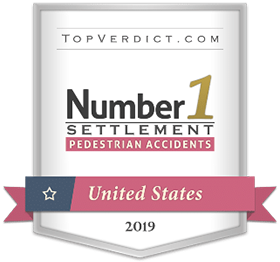
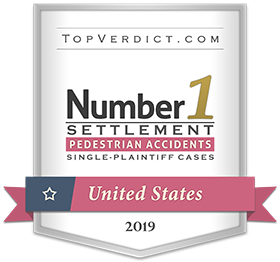

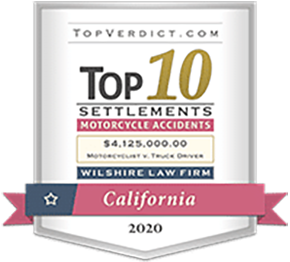






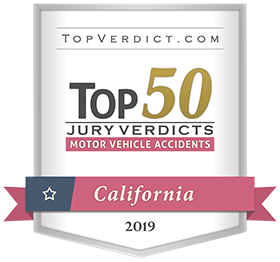
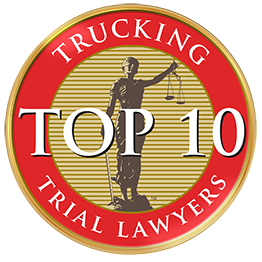
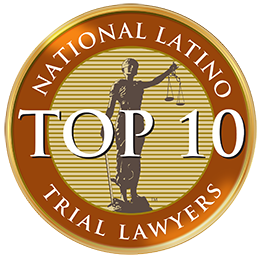
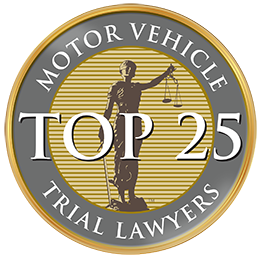
LET US HELP

